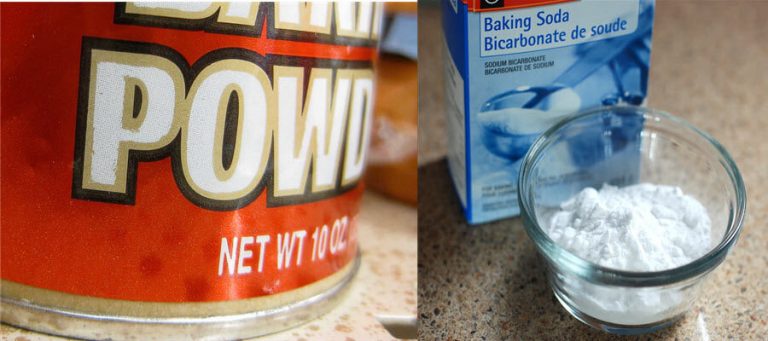What is baking soda?
One of the most common questions I have been asked is, “What is Baking Soda”?
The leavening agent is one of the most important if not the most important ingredient in a baking product. The leavening ingredient is not a secondary ingredient…it is an essential one.
Unlike deciding whether to add real peanuts to your peanut butter cookie recipe or just to use extra chunky peanut butter paste, adding a leavener to the recipe is an absolute must. The type of leavening agent you should use varies between one recipe to another, it all depends on the product you are making. The leavening agent’s main purpose is to make the finished product light and fluffy by making it rise. Since the leavening ingredient is a very important one that is very essential to the baking process, you have to know the different types of leaveners and their usages. The most commonly used leaveners include baking soda, baking powder and yeast.
We are going to discuss these three most commonly used leaveners so you can understand the difference between them.
Baking Power and Baking Soda:
Baking powder is basically a combination of starch, baking soda and dry acid. The releasing of CO2 is a two-phase process. The first stage is when you add liquid to the mix and the second stage is when the mix is heated. It is also very important to add the right amount of baking soda because it can ruin the taste of your product if you put a lot of it in the mix.
As for Baking Soda, it works the same way as it produces carbon dioxide. Baking soda is preferably used when the dough has an acid in its ingredients such as lemon juice or buttermilk. This helps the baking soda in producing these CO2 bubbles in order to make the product rise. This is why products that use baking soda have to be baked quickly after the addition of the baking soda or the product will not rise.
Yeast:
Choosing between dry or cake yeast solely depends on the recipe itself. It is also important to know that yeast need liquid in order to function well, the temperature of the liquid is also important. Water that has a temperature of 46° Celsius is recommended. If the water is hotter or colder than this, the yeast is going to die and it will not function well.
Yeast can be described as a single-cell organism. This organism creates carbon dioxide after it goes through the fermentation process. These CO2 bubbles are then trapped inside of the dough, which causes it to rise. This is not the only usage as it also gives the finished product an impressive and a very unique smell and flavor.
[Photo courtesy of sxu.hu]




